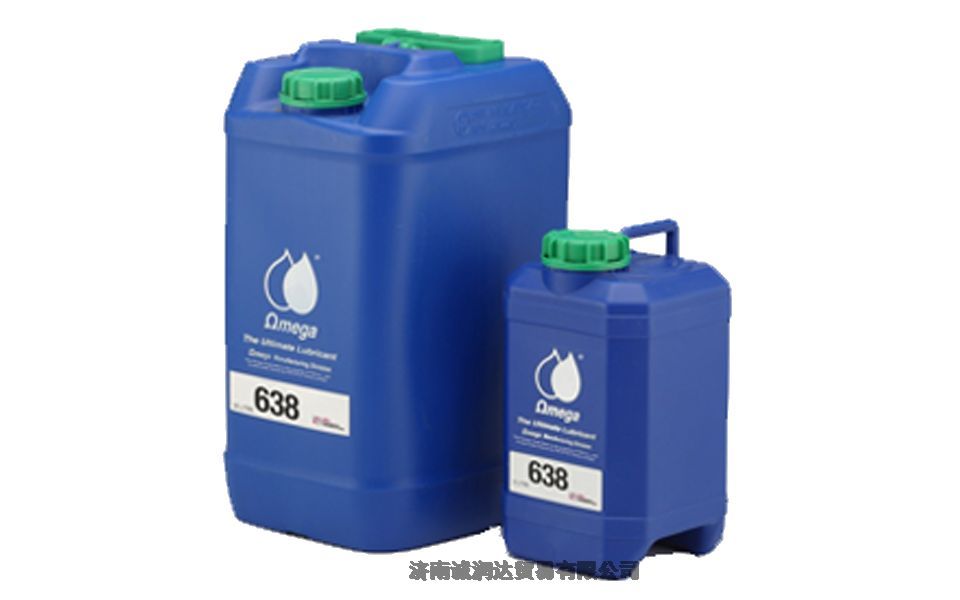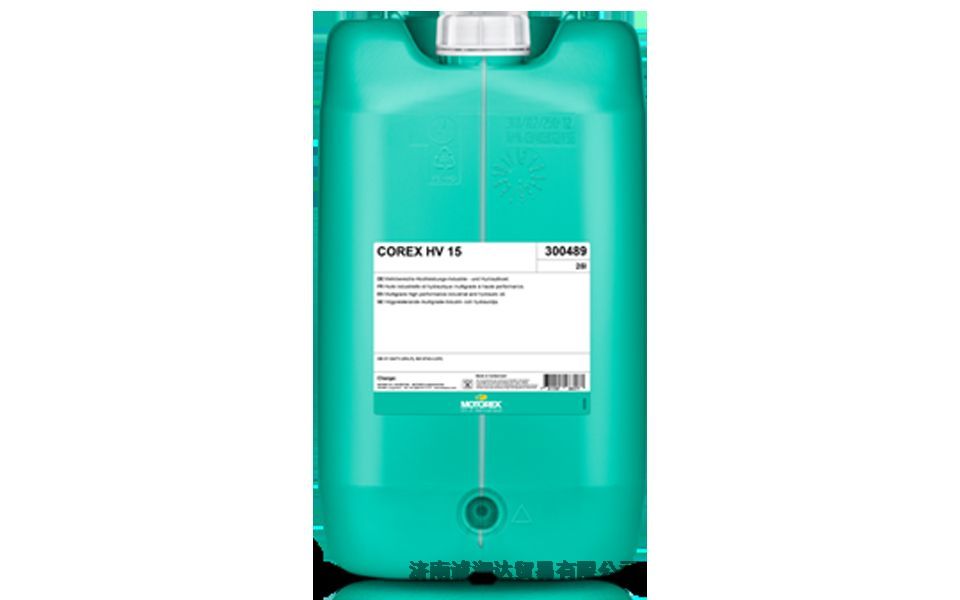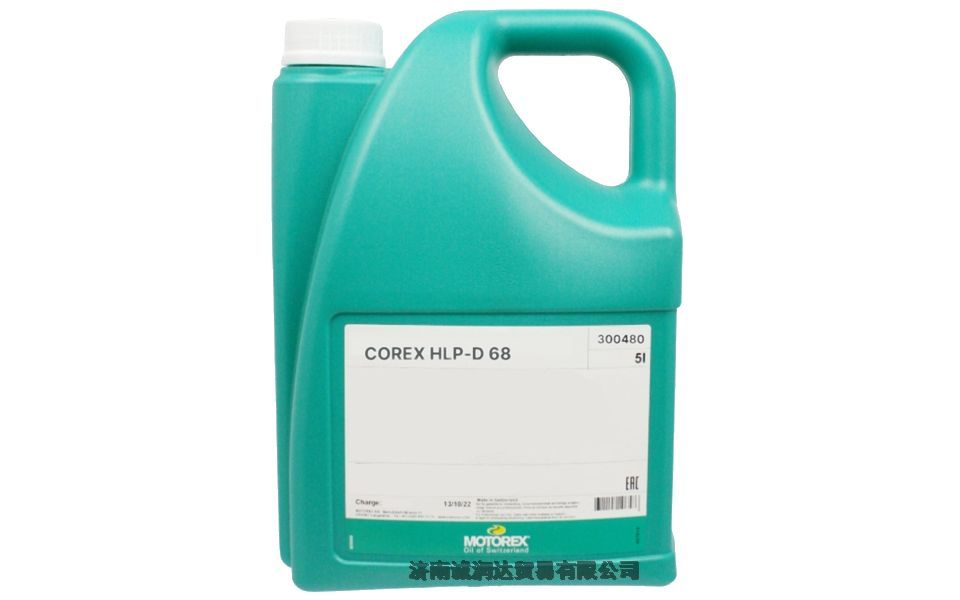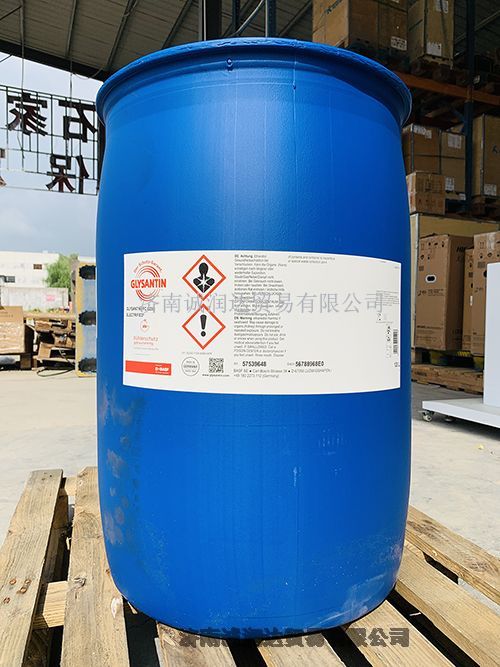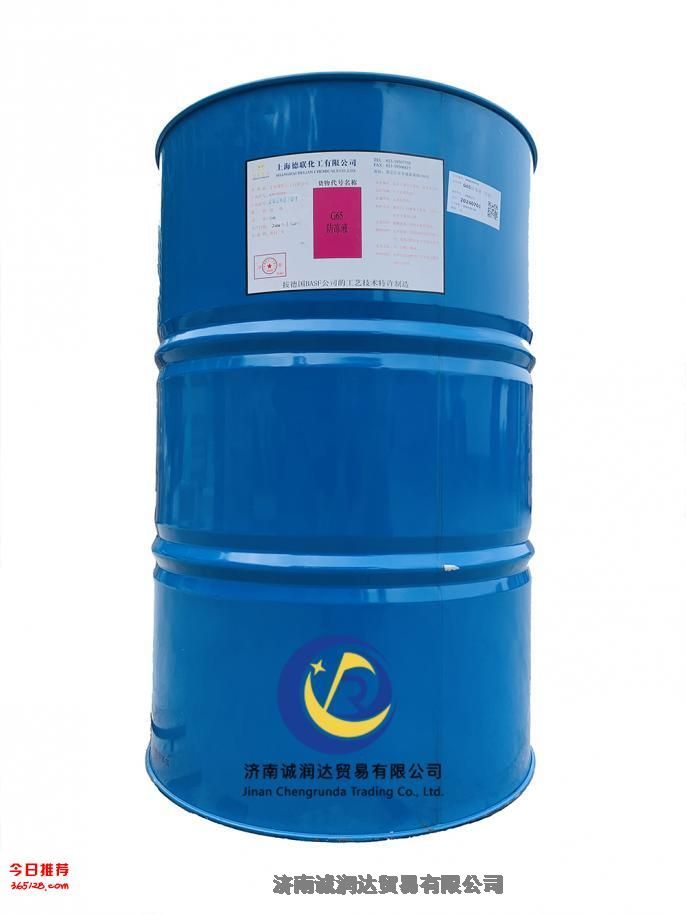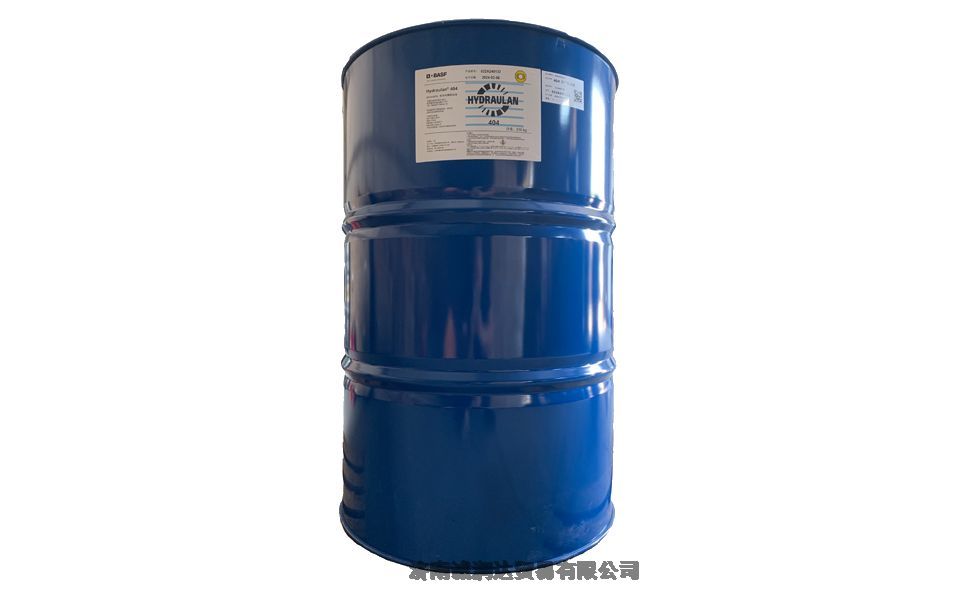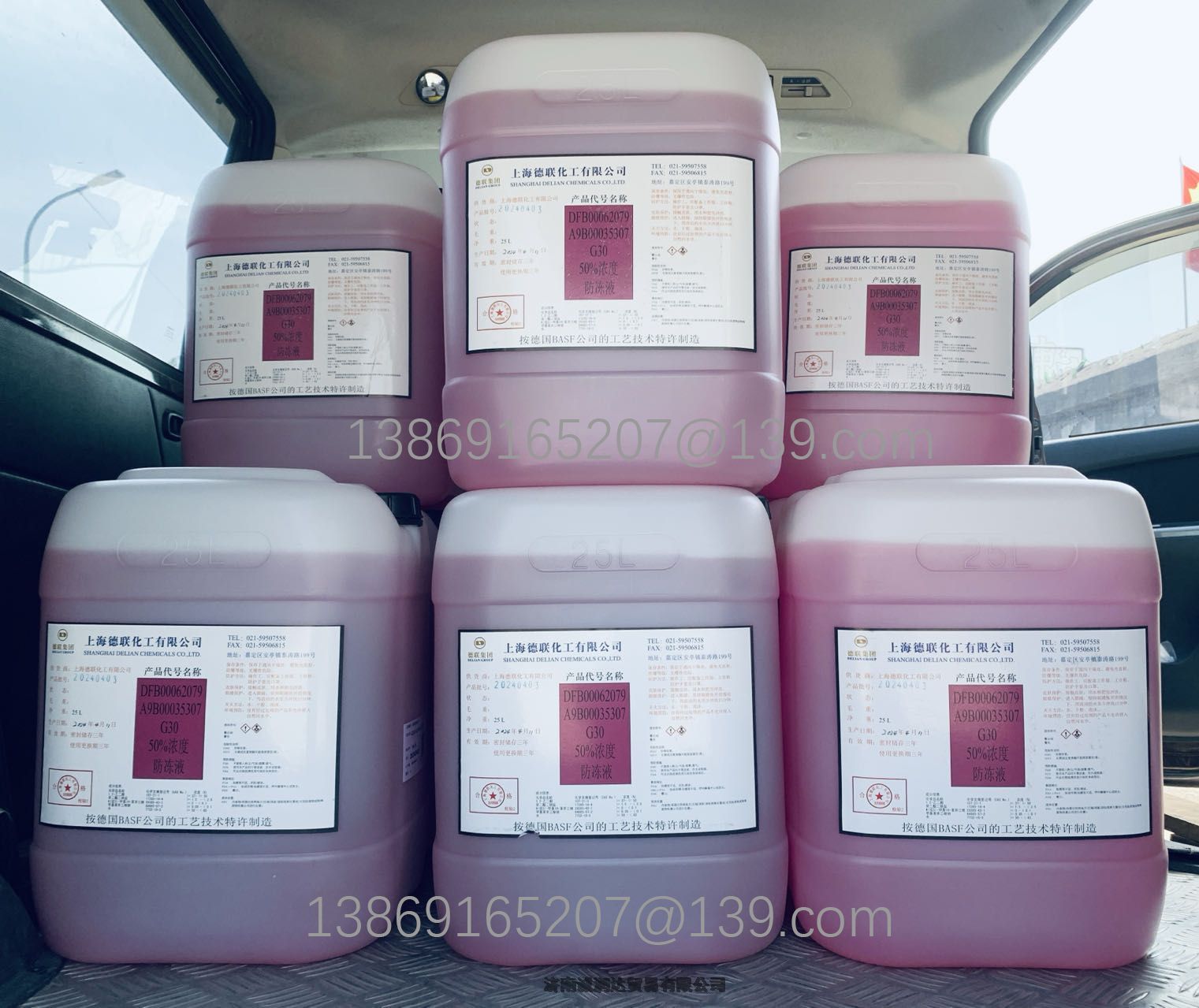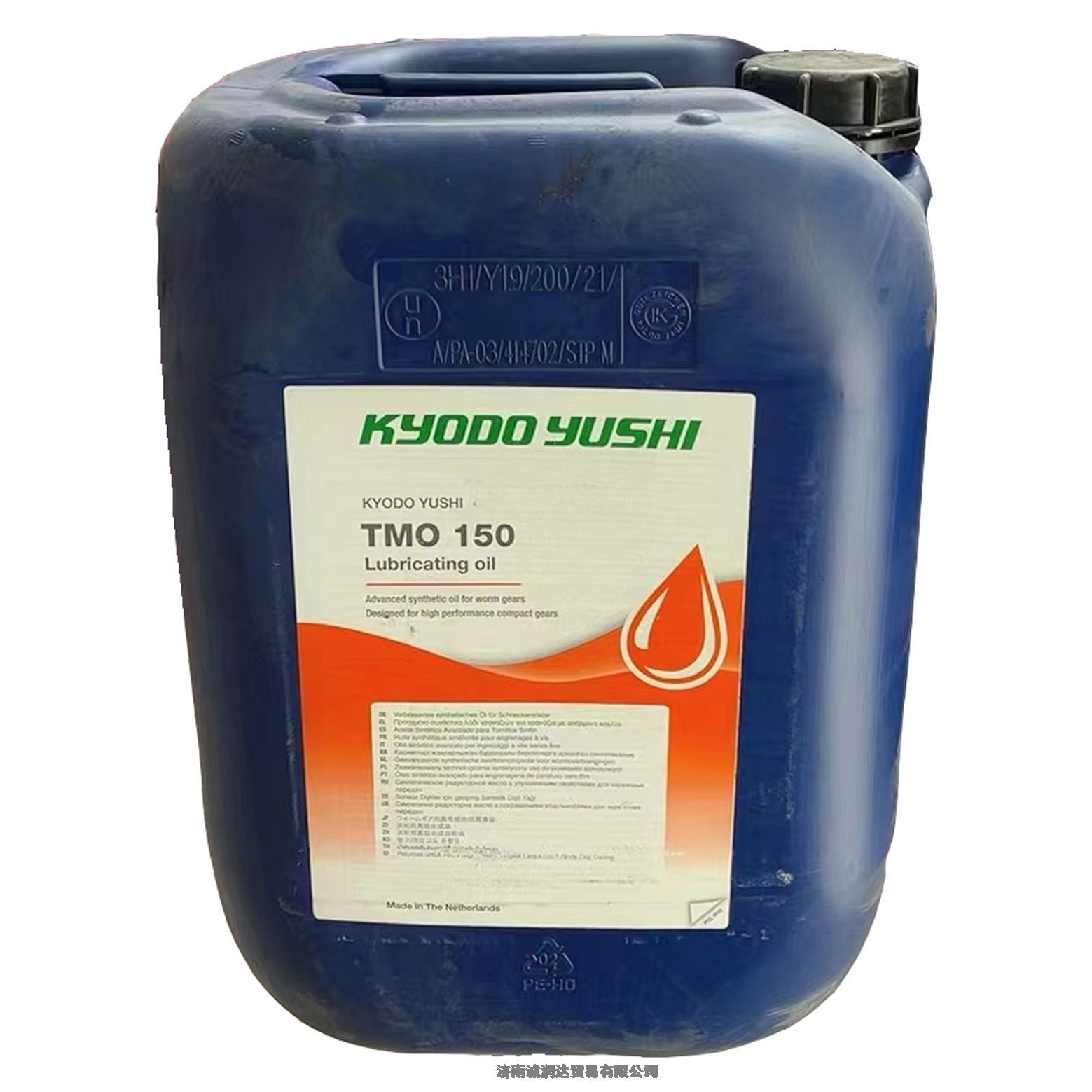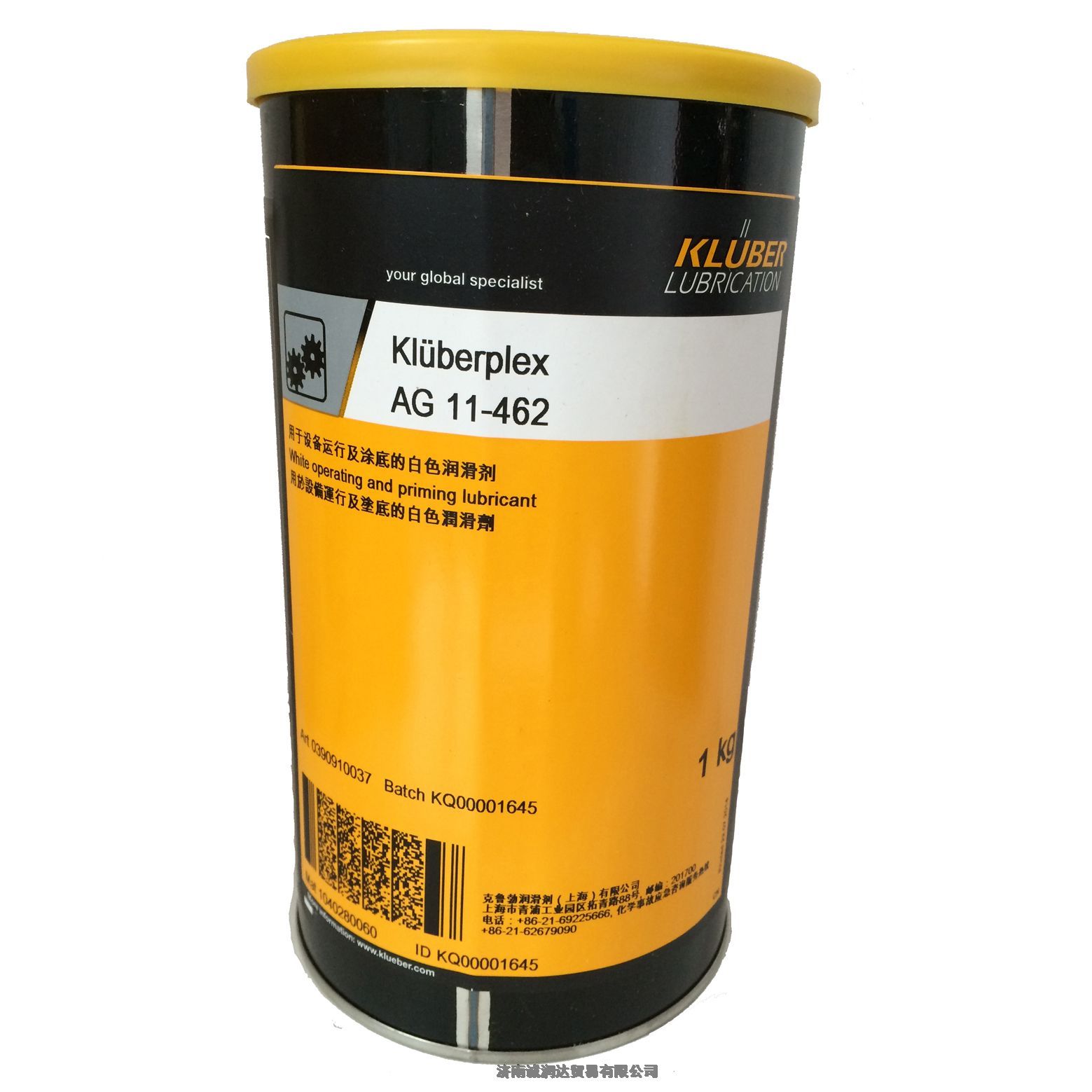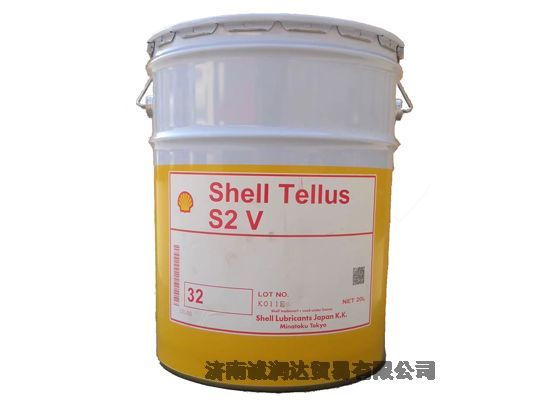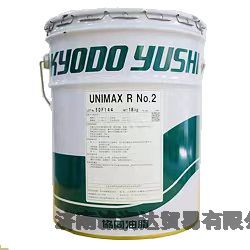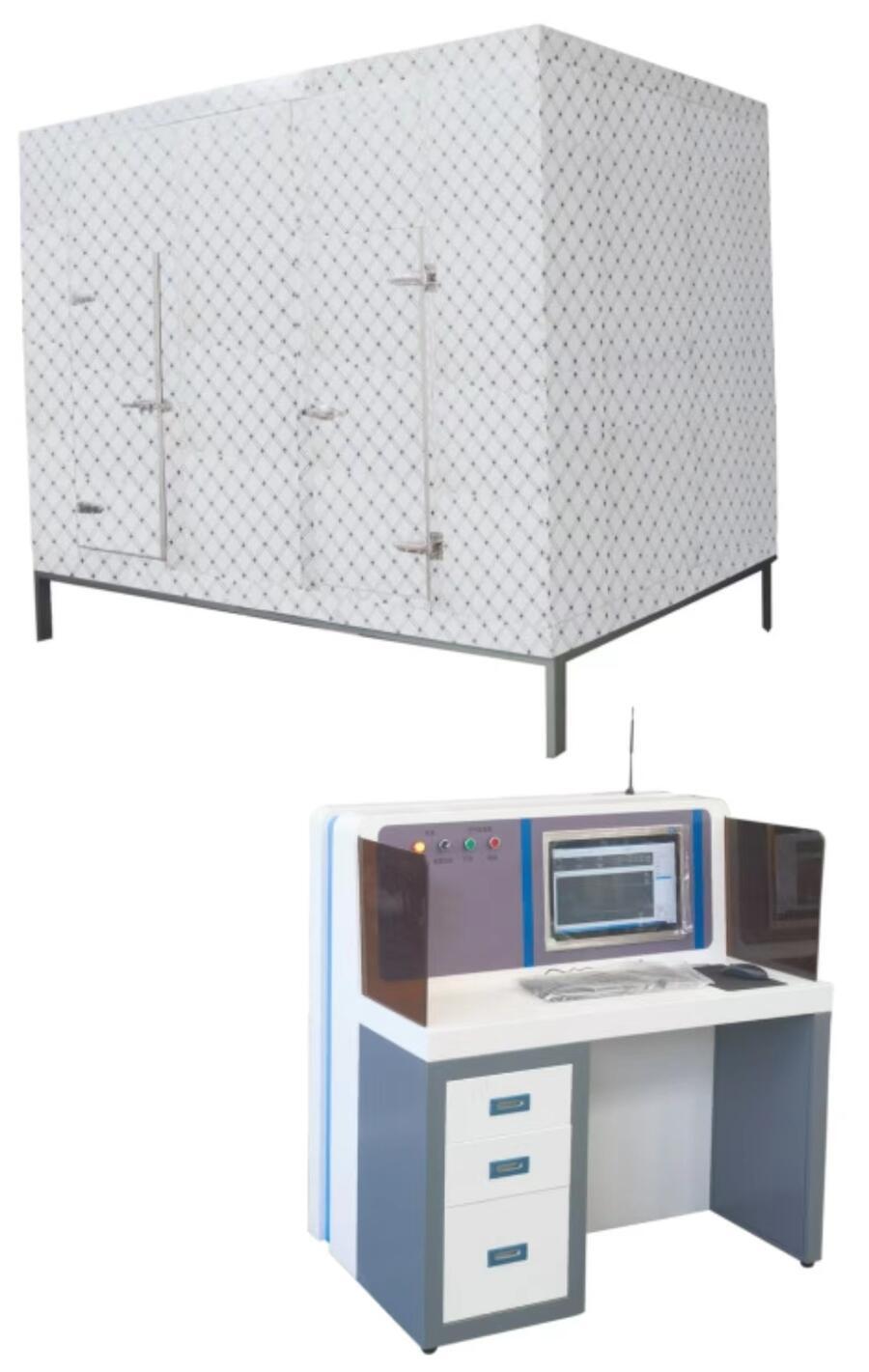
商铺名称:上海畅风实验仪器有限公司
联系人:陈先生(先生)
联系手机:
固定电话:
企业邮箱:616353008@qq.com
联系地址:上海市闵行区闵北路88弄1-30号第22幢AG105室
邮编:201100
联系我时,请说是在汽配名企网上看到的,谢谢!
MCBW-1821门窗保温性能检测设备 建筑门窗保温性能检测设备 建筑门窗保温性能试验机
一、设备简介:建筑门窗保温性能检测设备是我公司最新研制开发的全自动检测系统。依照GB/T 8484-2020《建筑外门窗保温性能检测方法》,该方法的理论依据为GB/T 13475-2008 《绝热 稳态传热性质的测定 标定和防护热箱法》中的标定热箱法。它是基于稳态传热原理,采用标定热箱法检测建筑外门窗传热系数。试件一侧为热箱,模拟供暖建筑冬季室内气温条件;另一侧为冷箱,模拟冬季室外气温和气流速度。在对试件缝隙进行密封处理,试件两侧各自保持稳定的空气温度、气流速度和热辐射条件下,测量热箱中加热装置单位时间内的发热量,减去通过热箱壁、试件框、填充板、试件和填充板边缘的热损失,除以试件面积与两侧空气温差的乘积,即可得到试件的传执系数K值。
二、技术参数:
1、热箱控温范围:10~50℃ 测量精度:0.2℃ ;
2、控温波动范围:0.01~0.1 ℃;
3、冷箱控温范围:-22~-10℃ 测量精度:0.2℃;
4、控温波动范围:0.01~0.2 ℃ ;
5、热箱功率测控范围:10~1500W 精度:0.2% ;
6、热箱稳态功率波动范围: ≤1% ;
7、测试效率:
(1) 断续试件测试:指不定期间歇式测试一个试件总耗时约:9~10小时/件 ;
(2) 连续试件测试:指一段时期内,连续测试同一或不同一试件的总耗时约 8~9小时/ 件 ;
8、门窗试件尺寸:1500mm×1500mm ~ 1800mm×2100mm范围内选定 ;
9、配电动力:交流380V,功率≤15kW ,三相五线制 ;
10、设备外形尺寸:长×宽×高(mm) 3900×2700×3500 ;
11、设备安装使用空间:长×宽×高(mm) 6000×4200×4000
三、优势特点:
1、采用一次成型聚氨脂板,每块预制板四周均埋有高强度锁具,密封良好, 组装方便。特别设计的角板、T 型板能十分方便地组成不同尺寸要求的试验室。
2、所有温度传感器全部采用国际公认的高精度Pt1000铂电阻,不惜成本确保精度,采用优质大功率冷冻机,快速制冷,提高试验效率;
3、先进的数据采集处理系统,所有曲线真实显示,能自动对结果进行分析处理,并及时准确的输出检测报告;
4、湿度控制系统采用专用除湿机,控制精度完全满足新标准的要求;
5、原始记录采用Microsoft Word进行处理,用户可自行修改制作内容,软件内附国家建筑工程质量监督检验中心的报告格式供用户参照。The insulation performance testing equipment for building doors and windows is the latest fully automatic testing system developed by our company. According to GB/T 8484-2020 "Test Method for Thermal Insulation Performance of Building External Doors and Windows", the theoretical basis of this method is the calibration hot box method in GB/T 13475-2008 "Determination of Thermal Insulation Steady State Heat Transfer Properties - Calibration and Protection Hot Box Method". It is based on the principle of steady-state heat transfer and uses the calibrated hot box method to detect the heat transfer coefficient of building exterior doors and windows. One side of the test piece is a hot box, simulating the indoor temperature conditions of a heating building in winter; The other side is a cold box that simulates outdoor temperature and airflow velocity in winter. After sealing the gaps of the specimen and maintaining stable air temperature, airflow velocity, and thermal radiation conditions on both sides of the specimen, measure the heat generation per unit time of the heating device in the hot box. Subtract the heat loss passing through the hot box wall, specimen frame, filling plate, specimen, and filling plate edge, and divide by the product of the specimen area and the temperature difference between the air on both sides to obtain the K value of the specimen's adhesion coefficient.
润色译文试试AI翻译
笔记

